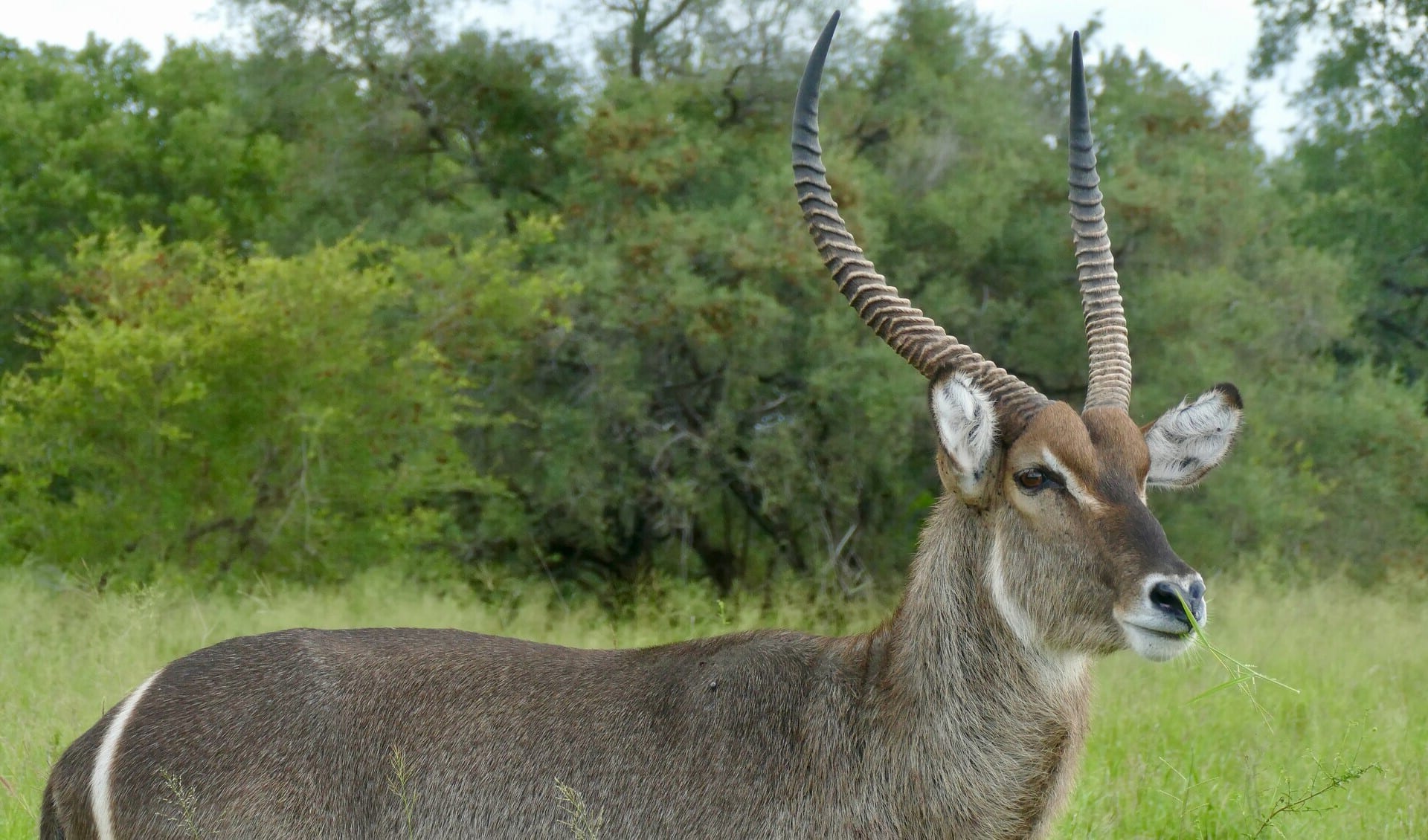Kobus – Kobs
African antelopes of marshes, floodplains, or other grassy areas near water bodies
This genus represents a unique and fascinating group of antelopes known collectively as waterbucks, lechwes, and kobs, each adapted to life in the diverse ecosystems of Africa. While the waterbuck (Kobus ellipsiprymnus) stands out as the largest member of this genus, all Kobus species share certain traits that underscore their adaptation to habitats often close to water sources.
Physically, Kobus antelopes exhibit robust bodies on relatively short legs, a design that offers stability and endurance rather than speed, which is crucial for navigating through marshy terrain or escaping predators in their aquatic environments. Their coats are typically coarse, providing protection from the dense vegetation and the aquatic plants they frequently navigate through. A distinctive mane running along the neck is another common feature, adding to their striking appearance.
Sexual dimorphism is pronounced within the Kobus genus, with males being significantly larger than females and equipped with long, heavily ridged horns that curve backward and upward. These horns are not merely ornaments but serve crucial functions in defense against predators and rivals and in establishing dominance within the herd. Females, on the other hand, usually lack horns, relying on agility and the herd’s safety for protection.
Kobus antelopes are inherently social creatures, forming herds that vary in size but often consist of 6 to 30 individuals. These herds provide numerous advantages, including enhanced vigilance against predators, increased efficiency in locating food and water, and a structured social hierarchy that helps maintain order and cohesion among members. Living near water bodies is a defining characteristic of the genus, as these areas provide not only the aquatic vegetation that makes up a significant portion of their diet but also a refuge from predators.
The preference for water-adjacent habitats has led to specialized adaptations among Kobus species, including a heightened tolerance for consuming water with high salinity levels, which many other herbivores cannot tolerate. This adaptation allows them to exploit food sources in otherwise inhospitable areas.
Species in this genus
Waterbuck
Predators usually don’t hunt adult waterbucks as they have an unpleasant body odor because of the waterproofing secretions


